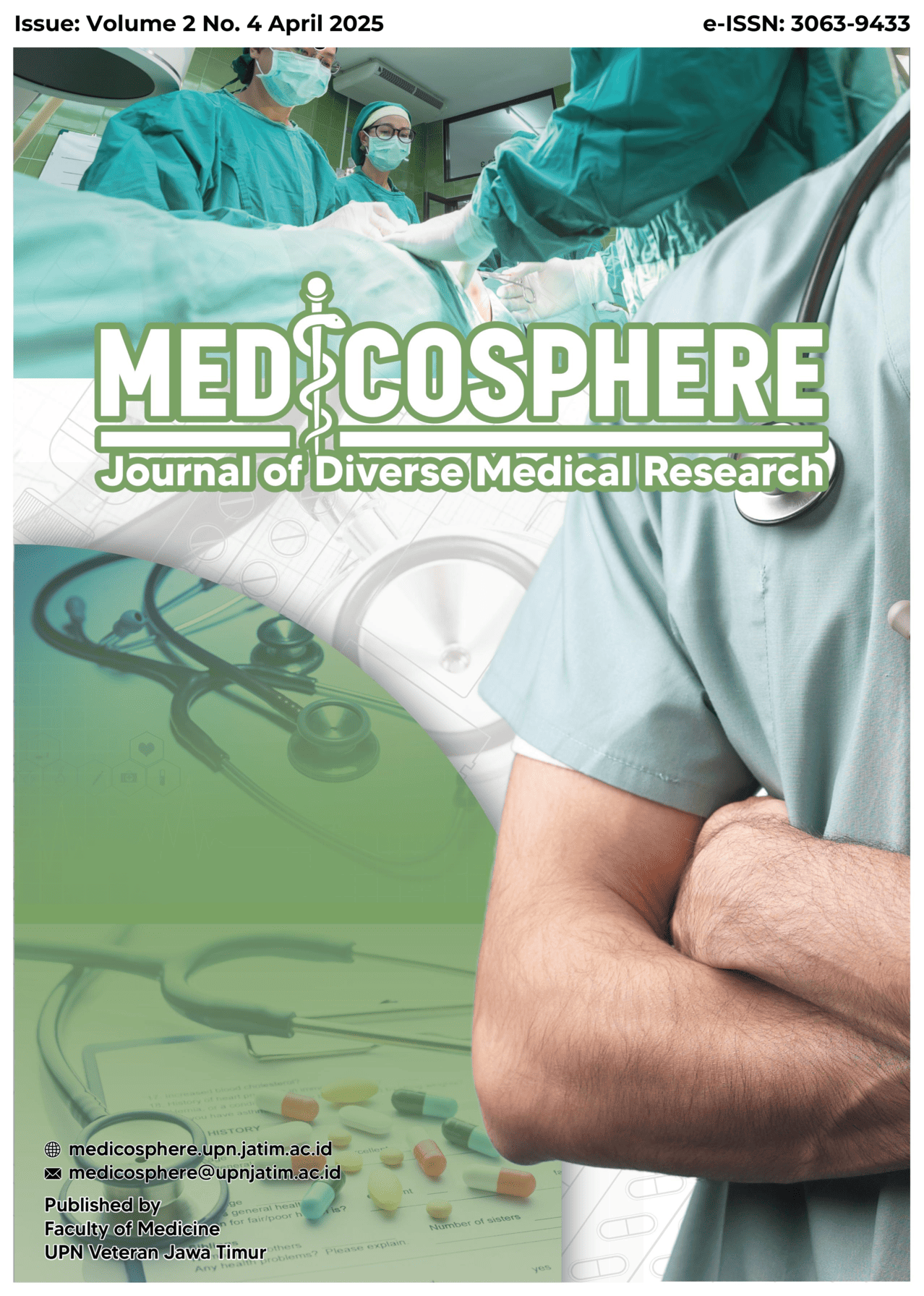A Literature Review on Tuberculosis Treatment Dosage, Side Effects, and PostTreatment Response
A Literature Review
DOI:
https://doi.org/10.33005/jdiversemedres.v2i4.120Keywords:
Tuberculosis, treatment, dosage, side effect, patient adherence, treatment responseAbstract
Background. Tuberculosis (TB) is an infectious disease that remains a global health
problem. TB treatment requires lengthy drug regimens with varying doses and side
effects, which can affect patient adherence to therapy.
Objective. This review aims to provide a comprehensive overview of TB treatment,
including dosage, side effects, and expected response after treatment.
Methods. This study collected data from 21 journals downloaded from the Mendeley
platform, covering studies that addressed common aspects of TB treatment.
Results. TB treatment involves a combination of major drugs such as isoniazid,
rifampicin, pyrazinamide, and ethambutol. Common side effects are gastrointestinal
disorders, hepatotoxicity, and neuropathy. Adherence to dosage and management of side
effects are key to successful TB therapy.
Conclusion. Proper dosing and monitoring of side effects are important factors in
improving patient adherence to TB treatment, which in turn can improve treatment
response.
Downloads
Downloads
Published
How to Cite
Issue
Section
License
Copyright (c) 2025 Journal of Diverse Medical Research: Medicosphere

This work is licensed under a Creative Commons Attribution-NonCommercial-ShareAlike 4.0 International License.






